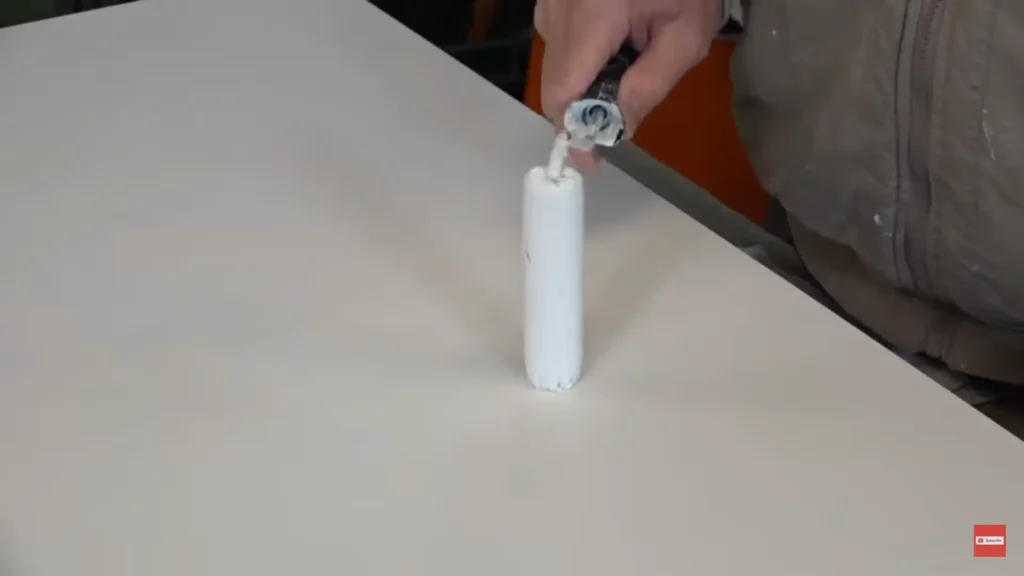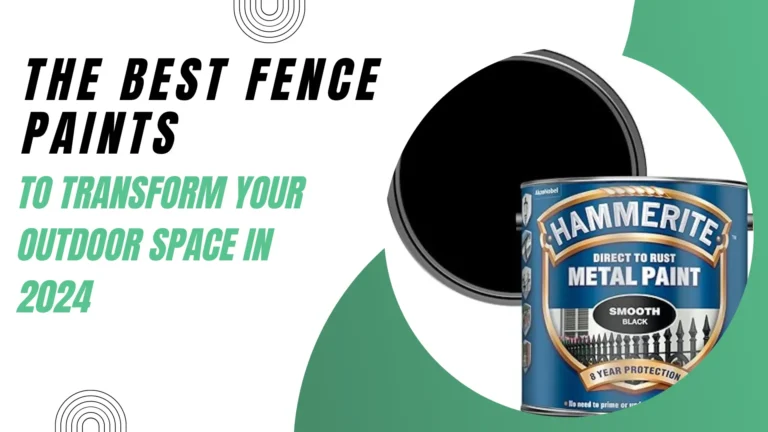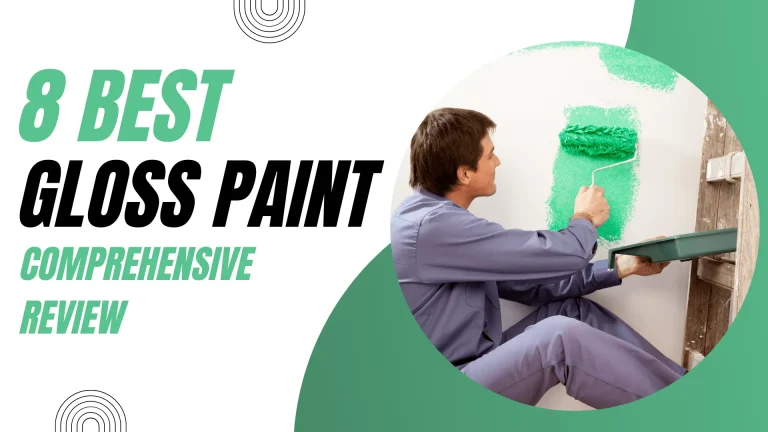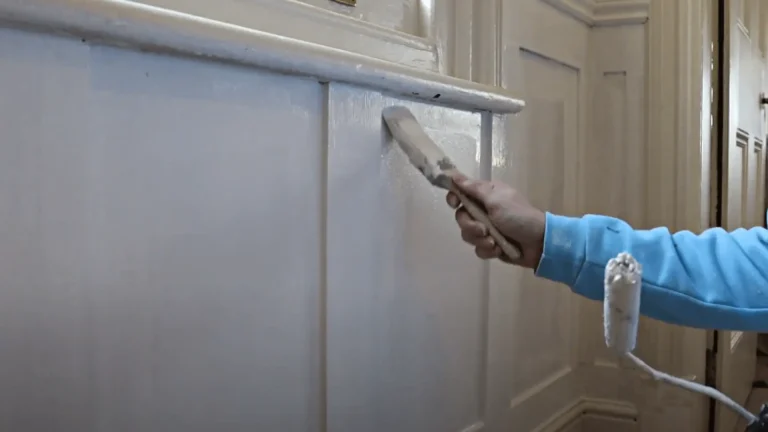Can You Sand MDF? Easy Tips and Tricks
DIY DOJO is reader-supported. We may earn an affiliate commission when you buy through links on our site. Find out more.
When working with Medium medium-density fiberboard (MDF), you may wonder if you can sand and paint it to achieve the perfect look for your project.
In this article, we will discuss the best practices for sanding and painting MDF while sharing essential tips and tricks to ensure success. Keep reading to learn how to turn your MDF projects into masterpieces!
Can you sand MDF, and which sandpaper should I use?
Using the right grit sandpaper for MDF
Sanding MDF is absolutely possible, but it’s essential to use the right sandpaper. Choose a fine-grit sandpaper, typically in the range of 150 to 220 grit, for a smooth surface. Coarser grits may cause the wood fibers in the MDF to tear or create unwanted scratches, so start with a finer grit and work your way up as necessary.
Tips for effectively sanding MDF board
To sand MDF effectively, start by lightly rubbing the sandpaper across the surface of the MDF in a circular motion. Keep consistent pressure, avoiding pressing too hard or being too gentle. Take your time, and periodically dust the surface to assess your progress. You may want to sand by hand or use a sanding block for easier control and even pressure.
Is sanding MDF dangerous? Safety precautions to consider
When you’re sanding MDF, it’s essential to consider safety precautions, as the fine dust particles generated can be harmful if inhaled. Wear a dust mask, eye protection, and preferably work in a well-ventilated area. Use a vacuum with a dust collector attachment to keep your workspace clean and dust-free during your MDF projects.
How to achieve a smooth finish on MDF before painting
Using a primer for the best results
Before you paint MDF, apply a coat of primer to create the perfect base for paint adhesion. It is best to choose a water-based primer as it helps seal the exposed wood fibers and prevent paint from soaking into the material. Allow the primer to dry completely before proceeding with painting.
Properly sanding the edges of MDF
When it comes to sanding the edges of MDF, be cautious, as they can be more delicate than flat surfaces. Apply light, even pressure while sanding to avoid causing damage. Be sure to also seal the edges with a sanding sealer or water-based primer for additional protection.
Eliminating imperfections for a flawless finish on MDF
If you discover any imperfections on your MDF surface after priming, such as dents or scratches, correct them by applying wood filler. After the filler has dried, sand the area until it’s smooth and even with the rest of the surface. Then, apply another coat of primer to further perfect the surface, and you’re ready to paint
The best paint to use on MDF and the painting process

Selecting the best paint for MDF

When choosing the ideal paint for your MDF project, opt for water-based paint, such as latex or acrylic, as it works best with MDF surfaces. Oil-based paints may cause the MDF to swell or result in yellowing over time, so sticking with water-based products is recommended.
How to paint MDF cabinets for a professional look
To paint MDF cabinets and achieve a professional finish, begin by applying a thin, even layer of paint using a brush, roller, or sprayer. Allow the paint to dry before applying a second coat. Be patient and give each coat ample time to dry for the best results.
Techniques for applying paint: Using a brush or roller
While both brushes and rollers work well for painting MDF, choose a small, high-quality brush for detailed work, such as edges or corners. For larger, flat surfaces, use a foam roller or a sprayer for a smooth and consistent paint finish. Keep in mind that multiple thin coats are preferable to a single, thick coat to avoid drips and ensure even coverage.
How to repair water-damaged MDF and prevent further damage
Identifying the extent of water damage on MDF
To assess the degree of water damage on MDF, first look for visible swelling, discoloration, or mold. Soft, flaky areas indicate severe damage, and complete replacement might be necessary if the MDF is structurally compromised.
Restoring water-damaged MDF cabinets
To restore water-damaged MDF cabinets, begin by removing all affected areas and allowing them to dry thoroughly. Sand the damaged surfaces until they are smooth and even with the surrounding material, then apply sealer or primer. Once the sealer is dry, repaint the cabinets to give them a fresh, new appearance.
Preventing future water damage on MDF surfaces
When installing MDF in moisture-prone spaces like bathrooms or kitchens, use a moisture-resistant MDF, or seal the MDF thoroughly with a lacquer, varnish, or polyurethane-based sealant. Ensure proper ventilation in the area and clean any spills or splashes promptly to keep your MDF surfaces looking their best.
Additional MDF woodworking tips for best results

Using the proper sealer for an optimized MDF finish
Sealing MDF is crucial to achieving a long-lasting, professional finish, as it seals the porous surface and prevents moisture and paint from penetrating the material. Choose a high-quality MDF sealer, such as a water-based primer, to ensure the best results.
Power tools to use when working with MDF
Power tools like circular saws, jigsaws, and routers can make working with MDF more manageable, but always ensure they have sharp blades for clean and smooth cuts. Utilizing dust collection attachments for your power tools can also help keep your workspace clean and mitigate potential health risks associated with MDF dust.
Keeping the work area clean and dust-free during MDF projects
Regularly cleaning your MDF workspace is essential for maintaining a safe and efficient environment. Use a vacuum with a dust collection attachment to remove dust and debris or use an air purifier with a capable HEPA filter to keep the air clean and minimize exposure to MDF dust particles.
Conclusion:
In conclusion, sanding and painting Medium-Density Fiberboard (MDF) can be a straightforward process if you follow the right techniques and use the proper tools. Key tips for successful MDF sanding and painting include using a high-quality primer and paint, selecting the right grit sandpaper for your project, and ensuring that your MDF surface is clean and dry before beginning.
By using these tips and tricks, you can achieve a smooth, even finish that will look great and last for years to come.







One Comment